
| Theme: 8AA Communication skills | |||
 |
||||||
| A training program for perinatal residents to deliver bad news: feedback from standardized patients can make a difference |
 |
|||||
|
||||||
Background
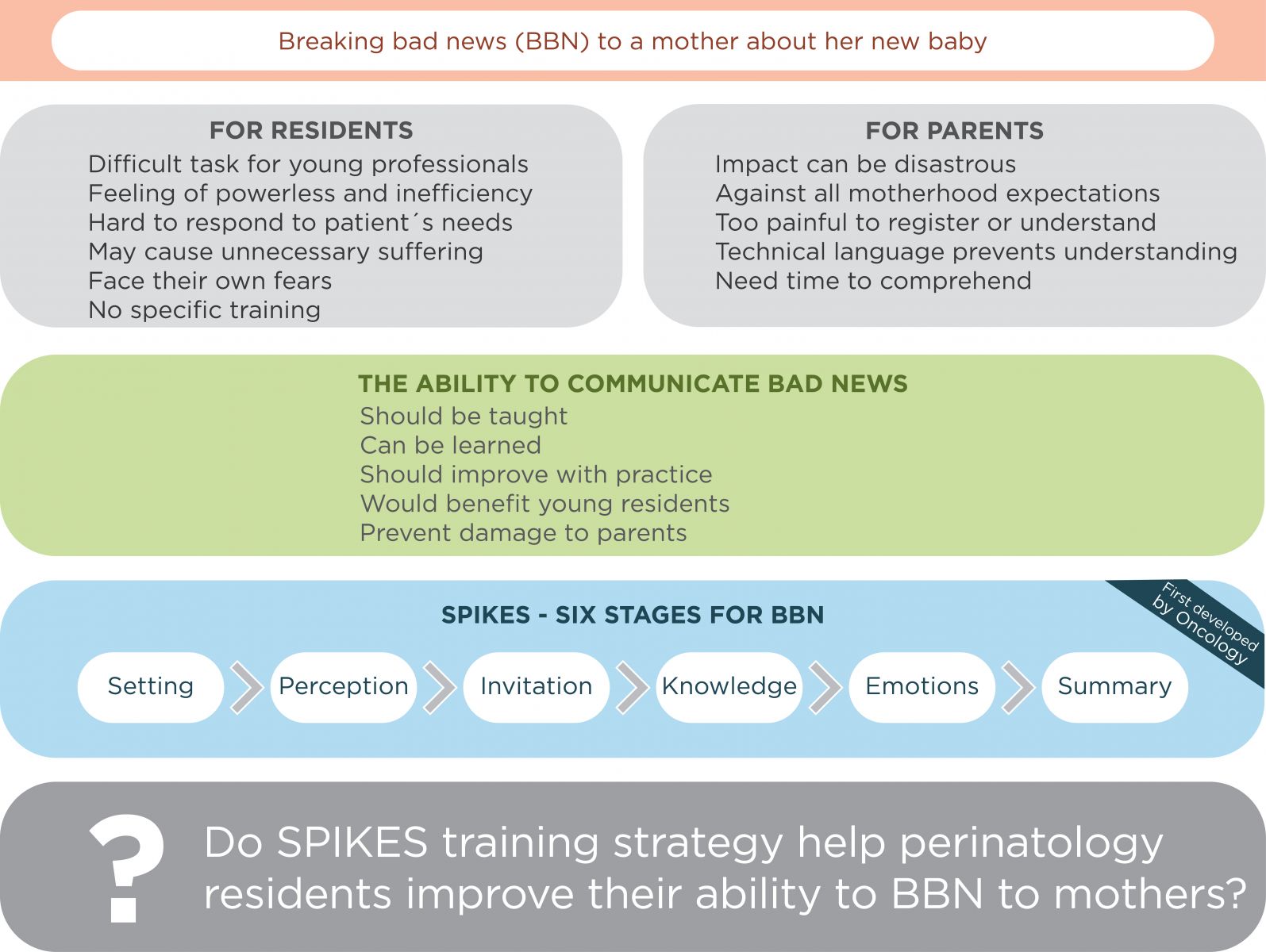
Summary of Work
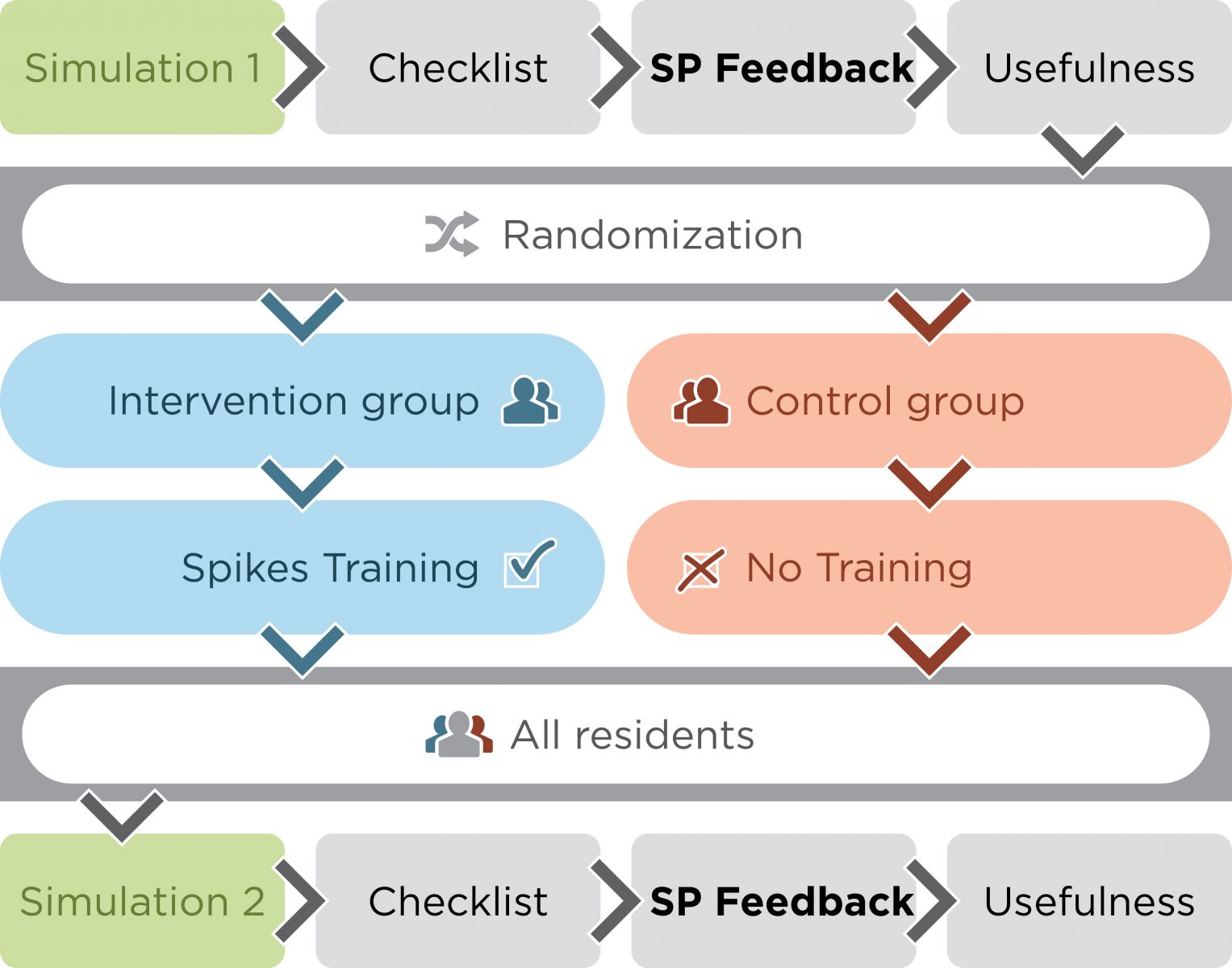

Simulation:
- Y1-Y4 Pediatric & Obstetric residents - Unicamp Medical School, Brazil
- Cases: Fetal death for OB residents and neonatal near-death for PED.
- Two well-trained SP played the role of mothers
- Encounters and feedback were videotaped
- BBN Skills Checklist & global rating (more details)
- Usefullness Scale (more details)
SPIKES Training:
Trainer = experienced psychologist (researcher)
- Initial discussion about previous experiences on BBN
- SPIKES program based on the examples
- Discussing residents´ own video from their 1st simulated encounter
- Participants evaluated satisfaction with the training program filling a Likert scale
- SPIKES training lasted 1-2 hours
- Control group offered BBN SPIKES training at the end
Second Simulation:
- All residents returned for a second simulation case similar to the first one, with the same SP.
- SPs blinded to resident´s status on training
- Same procedures as first simulation
Summary of Results

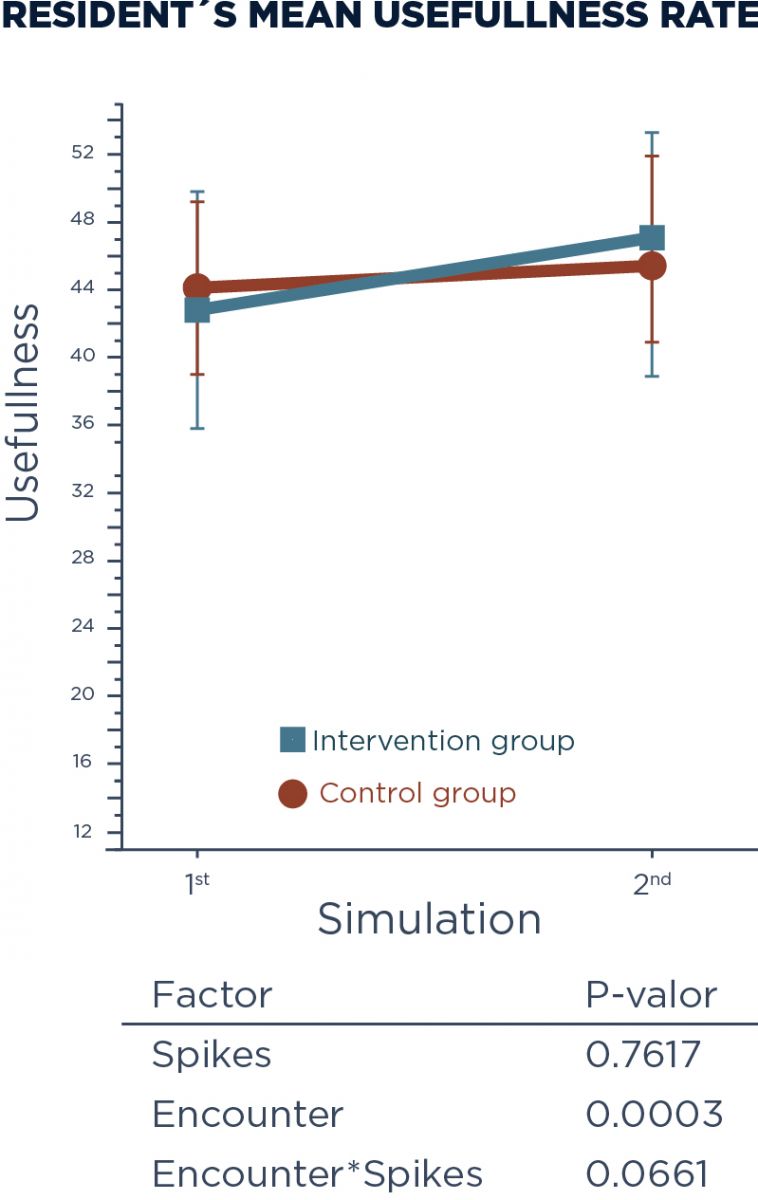
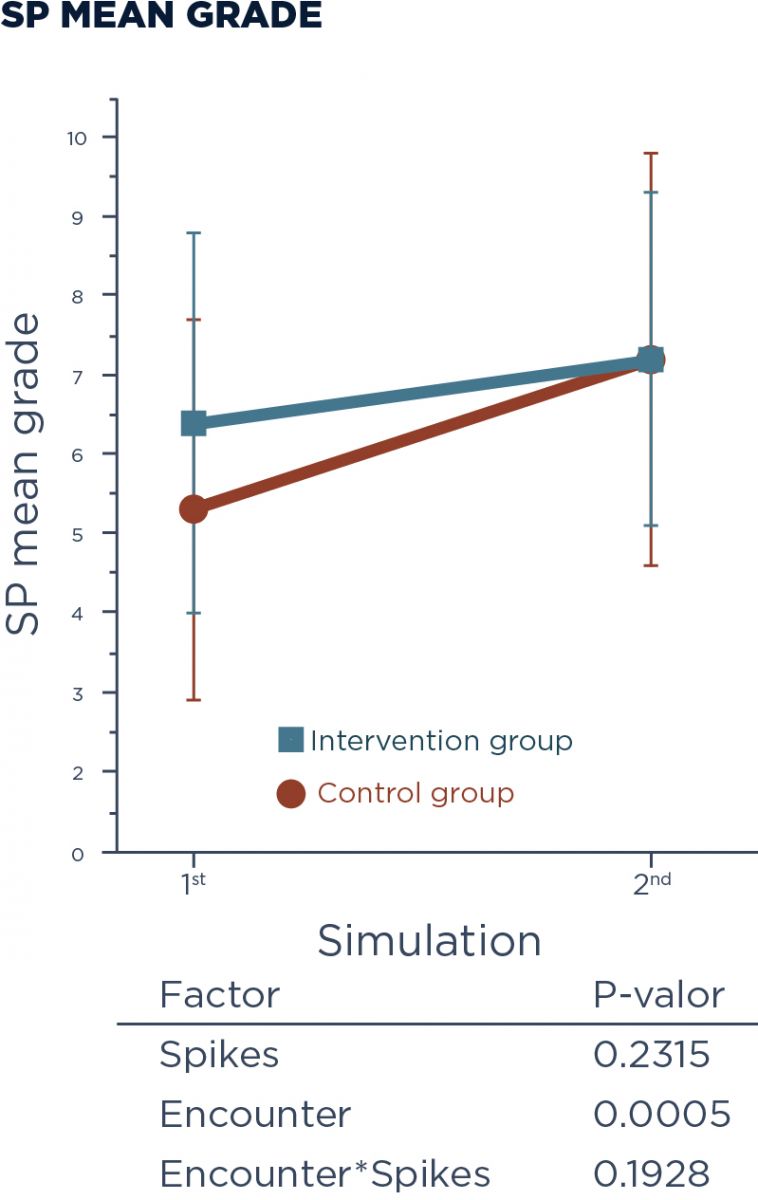
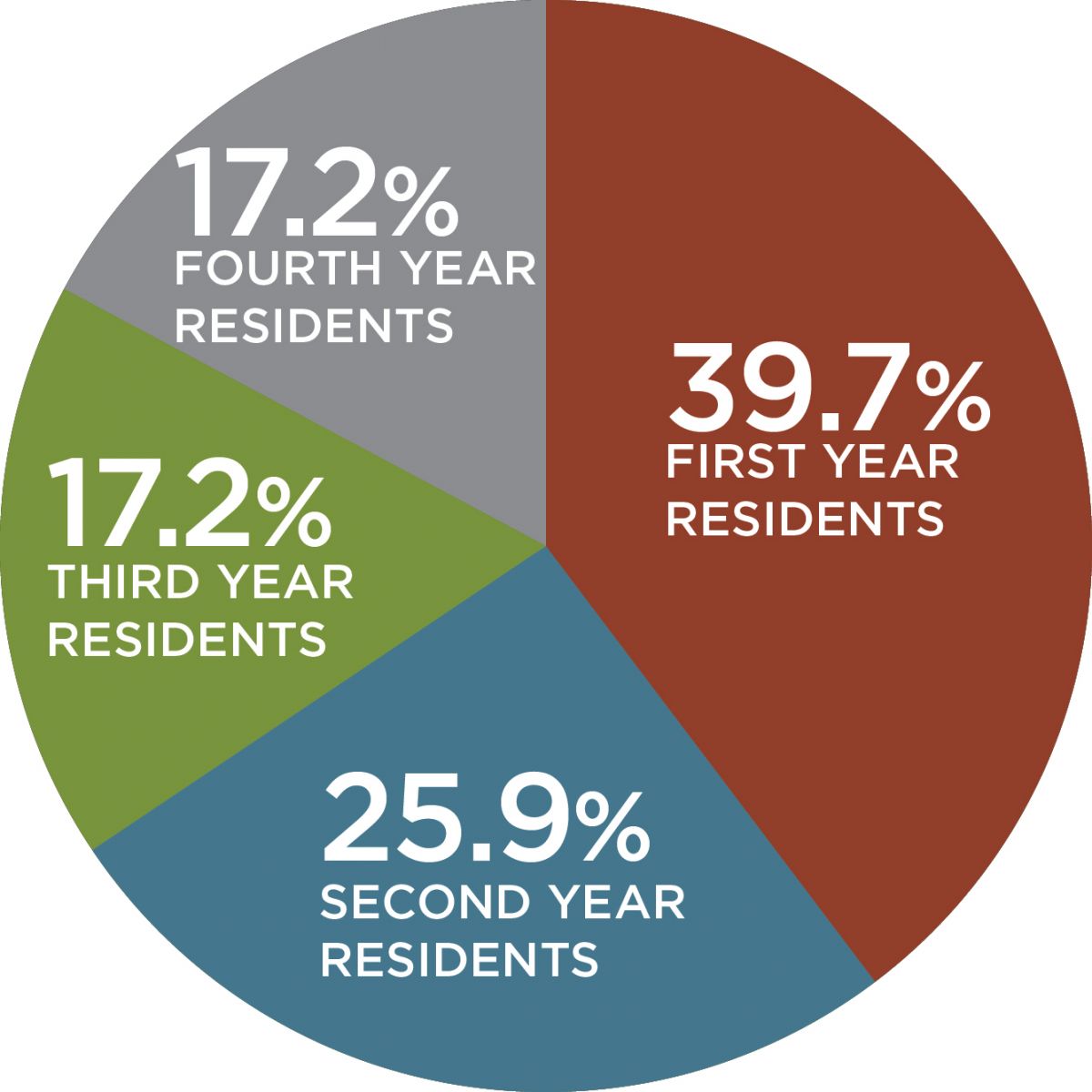
Conclusion
There was no significant difference between SPIKES and CONTROL group.
Ratings improved for both groups at second simulation.
Residents found time in their busy schedule to participate.
High returning rate to complete participation shows they wanted training.
Less experienced ones more willing to participate.
High usefulness rate suggests residents want to practice and have feedback.
Take-home Messages

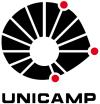
 Send Email
Send Email